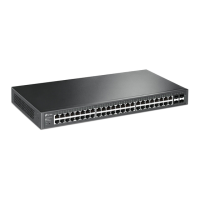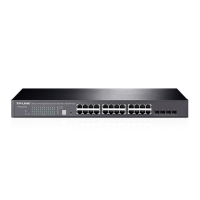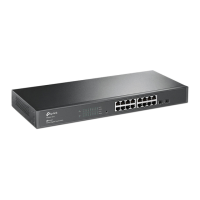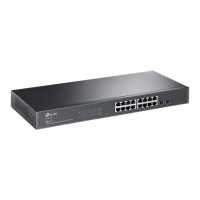Configuration Guide 770
Configuring SNMP & RMON RMON
4
RMON
RMON (Remote Network Monitoring) together with the SNMP system allows the network
manager to monitor remote network devices efficiently. RMON reduces traffic flow
between the NMS and managed devices, which is convenient for management in large
networks.
RMON includes two parts: the NMS and the Agents running on every network device. The
NMS is usually a host that runs the management software to manage Agents of network
devices. And the Agent is usually a switch or router that collects traffic statistics (such as
total packets on a network segment during a certain time period, or total correct packets
that are sent to a host). Based on SNMP protocol, the NMS collects network data through
communication with Agents. However, the NMS cannot obtain every datum of RMON MIB
because of the limited device resources. Generally, the NMS can only get information of
the following four groups: Statistics, History, Event and Alarm.
Statistics: Collects Ethernet statistics (like the total received bytes, the total broadcast
packets, and the total packets of the specified size) on an interface.
History: Collects a history group of statistics on Ethernet ports for a specified polling
interval.
Event: Specifies the action to take when an event is triggered by an alarm. The action
can be to generate a log entry or an SNMP trap.
Alarm: Monitors a specific MIB object for a specified interval, triggers an event at a
specified value (rising threshold or falling threshold).

